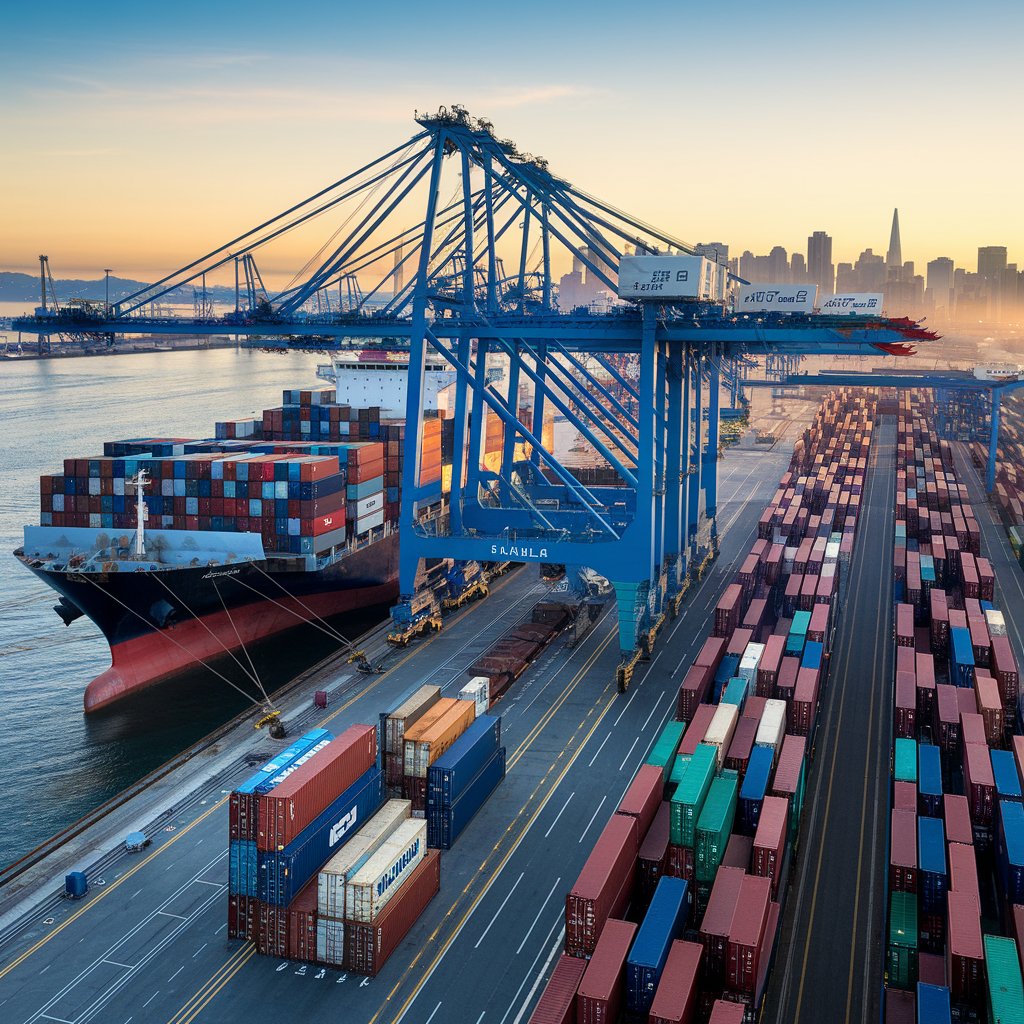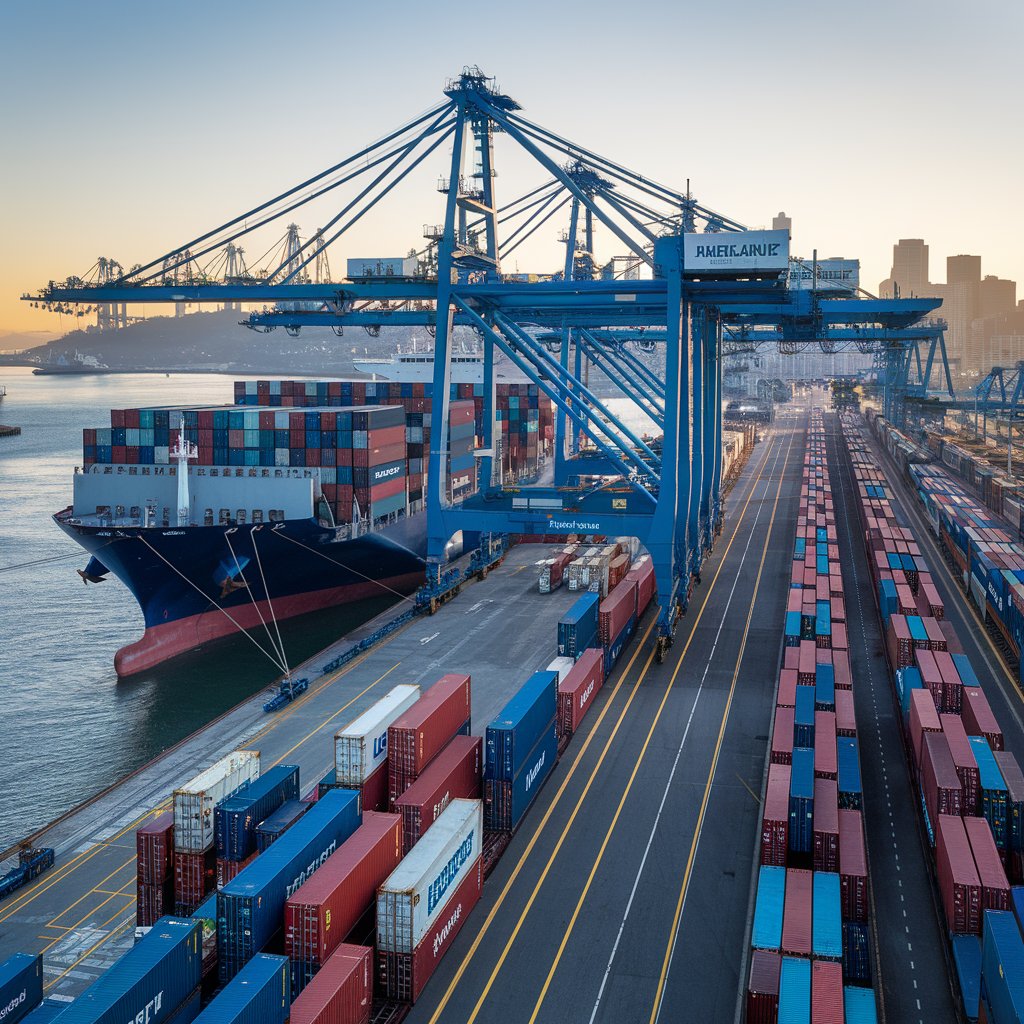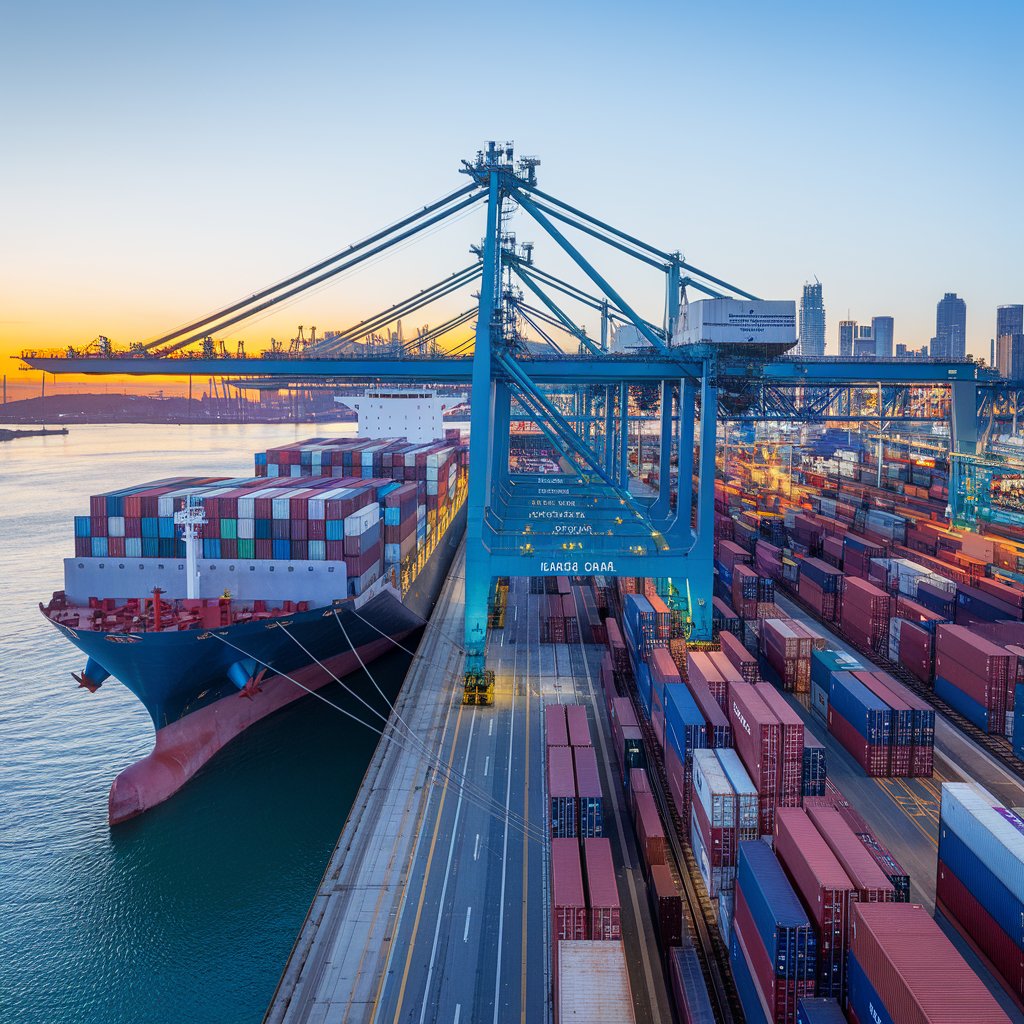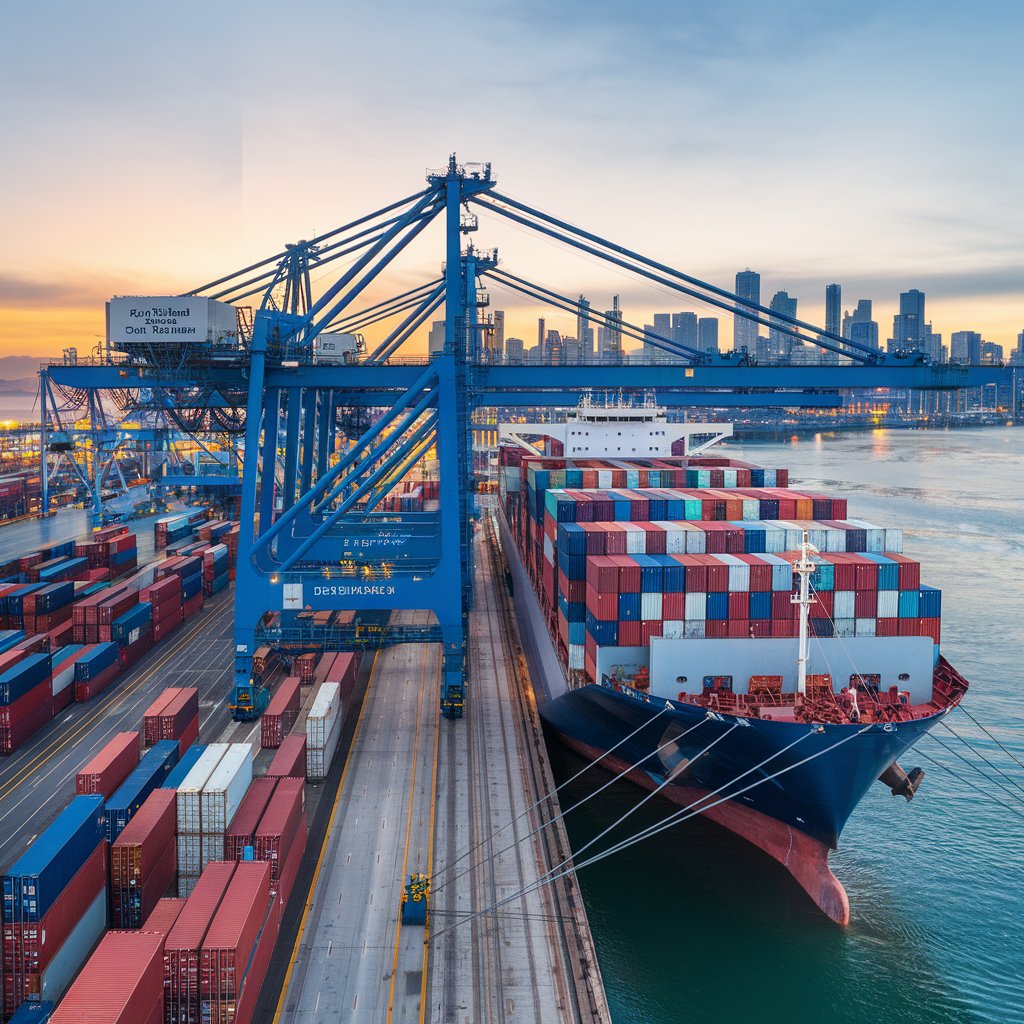A Beginner's Guide to Oakland Container Terminal
But what exactly is Oakland Container Terminal, and why is it crucial for businesses and freight operations?
In this guide, we’ll break down everything you need to know about Oakland Container Terminal, including its infrastructure, capabilities, logistics advantages, and how it contributes to international commerce. 🚢📦

What Is Oakland Container Terminal?
Oakland Container Terminal (OCT) is a major shipping and logistics facility within the Port of Oakland, California. It serves as a key gateway for trans-Pacific trade, connecting Asia, North America, and global markets.
📌 Key Features of Oakland Container Terminal:
✔ Strategic West Coast location – Ideal for handling Pacific trade routes.
✔ Advanced cargo-handling technology – Modern cranes and automation.
✔ Efficient intermodal connections – Access to rail, road, and air transportation.
✔ High cargo capacity – Processes millions of TEUs (Twenty-Foot Equivalent Units) annually.
✔ Customs & free trade zone benefits – Facilitates efficient cargo movement and clearance.
💡 Example: A company importing electronics from China can use Oakland Container Terminal as an entry point, streamlining customs clearance and distribution to inland locations.
Why Is Oakland Container Terminal Important?
✅ 1. A Vital Gateway for International Trade
✔ Handles large volumes of cargo from Asia, Europe, and Latin America.
✔ Reduces congestion at Southern California ports like Los Angeles and Long Beach.
✅ 2. Cutting-Edge Terminal Facilities
✔ Equipped with ship-to-shore cranes, automated stacking systems, and smart tracking technologies.
✔ Supports quick unloading, sorting, and reloading for faster deliveries.
✅ 3. Strong Intermodal Connectivity
✔ Direct rail links to inland U.S. destinations via Union Pacific & BNSF railroads.
✔ Close proximity to major highways for trucking operations.
✔ Near Oakland International Airport for air freight logistics.
✅ 4. Customs & Trade Zone Advantages
✔ Efficient customs processing for imports and exports.
✔ Free Trade Zone (FTZ) options for tax and duty benefits.
✔ Facilitates smooth transshipment operations.

Advantages & Disadvantages of Using Oakland Container Terminal
📈 Advantages for Businesses
✔ Efficient Cargo Handling – Advanced infrastructure minimizes delays.
✔ Reduced Congestion – Less crowded than Los Angeles and Long Beach ports.
✔ Lower Shipping Costs – Shorter waiting times reduce demurrage fees.
✔ Access to Key Trade Markets – Strong Asia-U.S. and Latin America-U.S. trade links.
📉 Potential Challenges
❌ Weather-Related Delays – Fog and storms can impact port operations.
❌ High Operational Costs – Labor and maintenance costs can be high.
❌ Limited Expansion Space – Growth potential is constrained by surrounding urban areas.
Oakland Container Terminal vs. Other Major U.S. Ports
Feature | Oakland Container Terminal | Port of Los Angeles | Port of Long Beach | Port of Seattle-Tacoma |
Primary Trade Routes | Asia, Latin America, Europe | Asia, Pacific Trade | Asia, Pacific Trade | Asia, Alaska, Canada |
Annual TEU Volume | High | Largest in the U.S. | Second-largest in the U.S. | Moderate |
Intermodal Access | Rail, road, air | Rail, road | Rail, road | Rail, road, air |
Customs & FTZ Benefits | Yes | Yes | Yes | Yes |
Best For | Trans-Pacific trade, reduced congestion | High-volume Asia-U.S. imports | High-volume Asia-U.S. imports | Canada, Alaska, West Coast trade |
💡 Key Takeaways:
✔ Oakland Container Terminal offers a strong alternative to congested ports like Los Angeles and Long Beach.
✔ Seattle-Tacoma handles more Canada-Alaska trade, while Oakland focuses on Asia-Latin America routes.

How to Use Oakland Container Terminal for Shipping & Logistics
For Importers & Exporters:
✔ Plan shipments based on vessel schedules and terminal capacity.
✔ Take advantage of Oakland’s Free Trade Zone (FTZ) for duty savings.
✔ Work with freight forwarders for smooth customs clearance.
For Freight Forwarders & Logistics Providers:
✔ Optimize shipping routes through Oakland for faster inland distribution.
✔ Use real-time tracking systems to monitor cargo movements.
✔ Coordinate with rail and trucking services for seamless intermodal transfers.
When to Choose Oakland Container Terminal?
✅ Best Situations for Using Oakland Container Terminal:
✔ When importing or exporting goods between Asia, Latin America, and North America.
✔ When seeking faster customs clearance and less congested port facilities.
✔ When looking for cost-effective transshipment services.
🚫 When It May Not Be the Best Choice:
❌ If bulk cargo shipments require specialized handling, other ports like Houston may be better.
❌ If a business needs larger container volume capacity, Los Angeles or Long Beach may be preferable.

The Future of Oakland Container Terminal
As global shipping and trade evolve, Oakland Container Terminal is investing in infrastructure and sustainability to maintain its competitive edge. Key future developments include:
🚀 Port Automation & Smart Tracking – Improved efficiency and reduced turnaround times.
🚀 Sustainability Initiatives – Transitioning to zero-emission cargo handling equipment.
🚀 Expanded Rail & Highway Access – Better integration with U.S. inland markets.
Businesses that leverage advantages will benefit from faster shipping times, lower costs, and increased efficiency in global logistics.
Conclusion
Oakland Container Terminal is a key logistics hub for West Coast trade, providing essential access to international shipping, intermodal transport, and customs efficiency.
✔ Best for: Businesses shipping to/from Asia, Latin America, and the U.S. West Coast.
✔ Challenges: Weather risks, limited space, and high operational costs require strategic planning.
By understanding how Oakland Container Terminal operates, businesses can optimize supply chain efficiency, reduce costs, and improve global trade operations. 🚢📦💼
